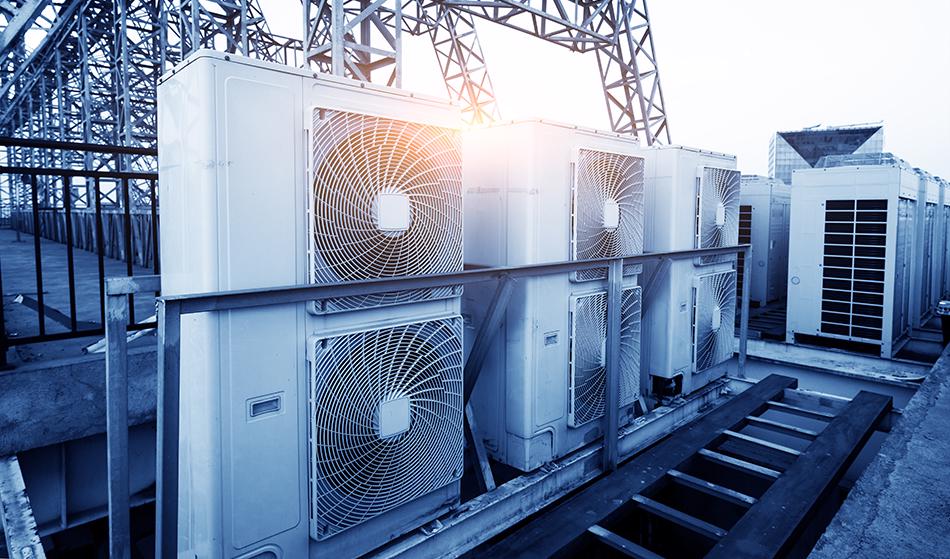
Image Credit: Wang An Qi/Shutterstock.com
A HVAC system can be incredibly resource-intensive and costly for any building or property. Adjusting the temperature of a thermostat by just 1 or 2 degrees, for example, can result in significant energy costs.
While most thermostats are great at regulating indoor climates, they aren’t always energy-efficient. This can often be attributed to poorly situated thermostats. If the indoor temperature drops or elevates beyond a certain limit, the entire system will kick in and continue to run until the levels are stable. In this constant on-and-off state, the system tends to use up a lot of energy.
By using the IoT, it now may be possible to regulate the system much more efficiently.
What Can the IoT Do for HVAC?
Without a deeper understanding of the IoT or connected devices, it’s difficult to imagine them improving HVAC systems. But the IoT has a lot to offer the average residence and it can do the same for large facility and enterprise operations. However, it’s important to explore several factors that can influence the HVACs first.
For starters, HVAC controllers or AC units vary in efficiency levels, based on where they are manufactured. Air conditioners built and sold in Japan and the European Union are generally 25 percent more efficient than those sold in the United States or China.
The thermostats and sensors used to measure indoor temperatures also need to be considered. They aren’t always accurate, and tend to measure varying degrees of information; be it humidity, standing temperatures or similar levels. Add in a large crowd — which tends to significantly boost temperatures, especially in smaller spaces — and those same units are going to have difficulties accurately collecting temperatures.
“Thermostats control the condition of a space to a given temperature, but the temperature setting does not necessarily translate to occupant comfort,” writes the U.S. General Services Administration in a socially driven HVAC optimization report.
Furthermore, a conventional HVAC system is essentially the sum of many parts, from the AC unit and air handler to the thermostat. In larger facilities, that system is incredibly expansive and includes multiple devices and hardware. Getting all those systems to communicate openly with one another is very difficult.
By using the IoT these issues can be addressed by providing an incredibly accurate measurement platform, with real-time data streams and network-related communication. The latter means multiple devices can communicate with one another and send the resulting data to a remote server. Then, another system can be used to process all the incoming information and provide more detailed insights about what’s happening and how the entire network of devices is operating.
Where Does the IoT Provide Energy Benefits?
HVAC and lighting systems make up 59 percent of commercial energy usage. The IoT can be used to both automate and streamline such systems, allowing for a wide range of operational efficiency benefits.
By syncing up the various components of an HVAC system and allowing them to talk to one another, as well as report more detailed information to a remote platform, actionable intel and increased oversight can be gained. By delving into the data available, problems can be found and identified. Repairs can then be made much faster, cutting down on the strain the malfunctioning equipment puts on the rest of the system. This means less energy is used by the entire system, too.
This kind of automation can also help to more efficiently regulate climate control systems, ensuring they aren’t powering on or off at the wrong times. They can also be fed accurate, real-time data to ensure systems are running optimally and appropriately.
Smart thermostats, smart sensors, advanced rooftop units, and entry and window sensors can all be controlled more accurately with climate control systems. This puts less strain on the rest of the facility's hardware.
Sources and Further Reading
Disclaimer: The views expressed here are those of the author expressed in their private capacity and do not necessarily represent the views of AZoM.com Limited T/A AZoNetwork the owner and operator of this website. This disclaimer forms part of the Terms and conditions of use of this website.